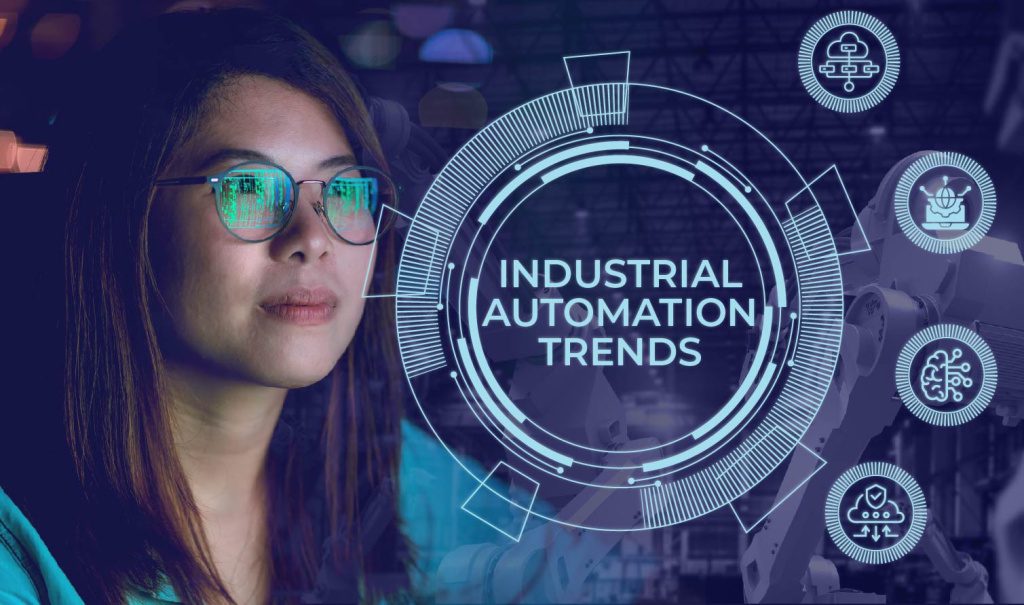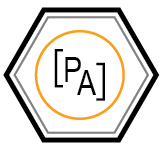Reimagining the Future of Innovation
The industrial automation trends for 2025 are revolutionizing how industries operate, driving smarter, more efficient, and interconnected systems. At Pigler Automation, we’ve witnessed these changes firsthand, working across industries such as industrial gases, energy, biopharma, and automotive. As we look to 2025, staying ahead of automation trends isn’t just about adapting to new technology—it’s about unlocking competitive advantages, improving operational efficiency, and building resilience in a dynamic market.
Here’s why these industrial automation trends in 2025 matter and how they’ll shape industrial automation in the coming year.

1. AI and Machine Learning: Transforming Industrial Automation
![]()
Artificial Intelligence (AI) and Machine Learning (ML) are reshaping industrial automation with their ability to optimize processes, enhance quality, and predict potential failures. These technologies are critical to watch because they address key challenges like downtime, quality control, and efficiency.
Why It’s Important:
- Cost Savings and Reliability: Predictive AI-powered maintenance reduces unexpected equipment failures, saving time and money while boosting reliability.
- Increased Output Quality: ML-powered real-time defect detection ensures higher product standards with less waste.
- Streamlined Operations: Continuous data analysis optimizes processes, reducing inefficiencies that could otherwise impact profitability.
As industries continue adopting AI, expect further integration of advanced tools like digital twins and AI-driven process optimization, driving smarter and more sustainable operations.
2. Virtualization: The Key to Agility and Security
![]()
Virtualization enables businesses to consolidate systems by running multiple virtual machines (VMs) on a single hardware platform. This trend is essential as organizations look for scalable, secure, and flexible solutions to meet increasing demands while managing costs.
Why It’s Important:
- Enhanced Flexibility: Virtualization allows rapid scaling and easy adaptation to changing production needs.
- Strengthened Security: Isolated virtual environments protect critical systems from cyber threats, ensuring operational continuity.
- Simplified Maintenance: Virtual systems reduce downtime by allowing updates and fixes without halting operations.
In 2025, virtualization is pivotal in creating leaner, more agile operations and positioning businesses for long-term success.
3. SCADA: The Heart of Real-Time Automation
![]()
SCADA (Supervisory Control and Data Acquisition) systems are evolving as a cornerstone of industrial automation, increasingly becoming the go-to solution for modern control systems. As industries prioritize real-time insights, seamless scalability, and precise operational control, the shift toward SCADA-based systems is defining the future of automation.
Why It’s Important:
- Operational Visibility: SCADA systems offer real-time data that informs better decision-making and faster responses to system changes.
- Scalability: These systems can grow alongside businesses, accommodating additional devices or control points.
- Improved Productivity: By integrating historical data and alarm systems, SCADA ensures smoother operations and quick issue resolution.
As automation systems become more complex, SCADA will continue evolving, supporting small-scale operations and large, interconnected systems.
4. Cybersecurity: Safeguarding Interconnected Systems
![]()
As industrial automation systems embrace interconnected technologies, they also become more vulnerable to cyber threats. Cybersecurity is no longer a back-office concern—it’s a frontline necessity for maintaining operational safety and compliance.
Why It’s Important:
- Protecting Critical Infrastructure: Cyberattacks on industrial systems can lead to costly disruptions or safety hazards.
- Enabling Safe Innovation: Secure environments allow businesses to adopt new technologies like remote monitoring and IIoT without exposing themselves to unnecessary risk.
- Regulatory Compliance: Adhering to cybersecurity standards like ISA/IEC 62443 ensures systems meet rigorous safety and security requirements.
In 2025, companies prioritizing cybersecurity will build trust with partners and customers while protecting their operational investments.
5. IIoT: The Foundation of Smart Factories
![]()
The Industrial Internet of Things (IIoT) fundamentally transforms industrial automation, making it a critical trend to watch in 2025. By connecting devices, systems, and processes, IIoT enables smarter, more responsive, and highly efficient operations. Its impact reshapes how industries manage production, optimize resources, and drive innovation.
Why It’s Important:
- Real-Time Monitoring: IIoT enables precise, 24/7 tracking of equipment performance and production metrics.
- Predictive Maintenance: Sensors collect and analyze data to predict failures, reducing downtime and repair costs.
- Data-Driven Decisions: With access to actionable insights, businesses can continuously improve operations and maximize resources.
- Scalability: IIoT systems allow for seamless integration of emerging technologies, ensuring future readiness.
The convergence of IIoT with AI and big data is paving the way for autonomous, efficient smart factories that redefine what’s possible in manufacturing and beyond.
Why These Trends Matter for 2025
The trends shaping industrial automation in 2025—AI, virtualization, SCADA, cybersecurity, and IIoT—are more than technological advancements; they’re strategic opportunities. Embracing these innovations enables businesses to:
- Boost Operational Efficiency: Streamline processes, reduce waste, and improve productivity.
- Enhance Competitiveness: Stay ahead in a landscape where innovation is the key to survival.
- Build Resilience: Mitigate risks through predictive maintenance, secure systems, and scalable solutions.
- Drive Sustainable Growth: Optimize resources and adopt eco-friendly practices through smarter automation.
At Pigler Automation, we’re committed to helping businesses navigate these transformative trends. Whether you’re exploring AI, integrating IIoT, or modernizing SCADA systems, we’re here to ensure your operations are ready for the future.
Don’t just react to the future—shape it. Contact Pigler Automation today and discover how we can help you stay ahead of the curve in 2025 and beyond.Indu


